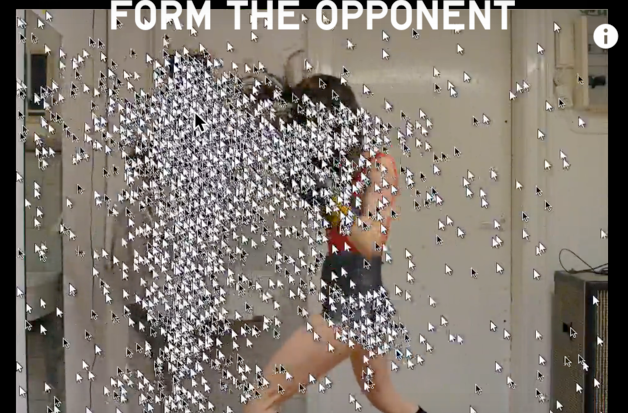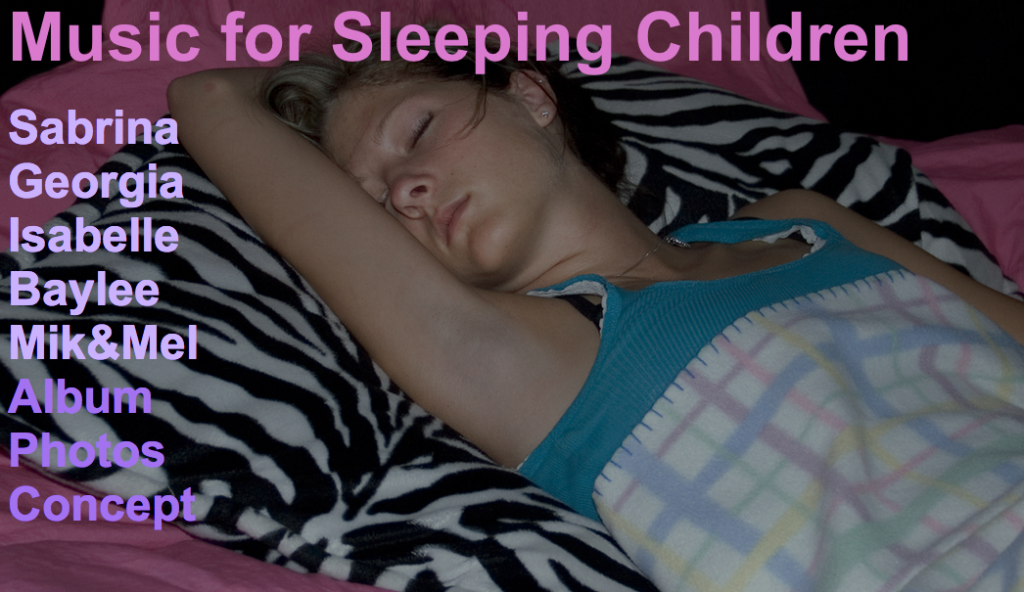Posts Tagged → video
The futility of existence
[via kottke]
A Hole in Space
A Hole in Space LA-NY, 1980 – Artists Kit Galloway and Sherrie Rabinowitz created a ‘hole in space,’ or what they described as a telecollaborative project that utilized satellites to stream true-to-life-scale video feeds between public spaces on either coast or large scale monitors, this was 30 some odd years before any of this became standard. The following is a video tape document of an unannounced, live two-way satellite transmission which took place between Los Angelese and New York city on November 12, 13 and 14, 1980 for two hours.
Real Internet Art unboxing
Constant Dullaart unboxing the Real Internet Art project by Fabien Mousse…
The sound of communication technologies
Jed Oelbaum and Oliver Noble have created “Long Distance Operator,” a remix that illustrates the evolution of communications technologies using samples of iconic sounds.
[via laughingsquid]
I’d rather spread memes than genes, anyway
Richard Dawkins, the man who invented the word “meme”, celebrates internet memes with this crazy performance.
Be sure to get to the end, it’s worth it…
A condensation of stupid enjoyment
Slavoj Žižek on why we can’t stop watching disgusting and stupid stuff…
[via dangerousminds]
Pointers rules

Check out this amazing crowdsourced music video!
How the internet worked in 1995
[via kottke]
An open letter to Apple
“an open letter to Apple + experimental prosumer manifesto on the issues of planned obsolescence, upgrade culture, technological self-reliance, control and copying. A [re]mix/make of Phil Morton’s 1976 video tape ‘General Motors’, in which contemporary Chicago [dirty] new media artists explain their love && hate relationship with the ‘default art computer’. by Nick Briz, copy<it>right 2013″
Installation Art: Who Cares?
“The maintenance and conservation of contemporary visual art is a new challenge for museums and art conservators. More and more artists have taken leave of the painter’s brushes and are moving on to new media, such as video. Or they are making installations of transient materials like polystyrene, wax and scotch tape. Can these works be saved for the art lovers of the future?”
Getting the Book Invented Properly
The audio of this animation was recorded in 1993 (!!!) by Douglas Adams. Basically, he predicted e-book readers…
Will 3D Printing Change the World?
The world’s first cyborg
Born with achromatopsia, a rare condition that causes complete colour blindness, Neil Harbisson developed the eyeborg, a device that translates colours into sounds for him.
[via kottke]
The Art of Creative Coding
A History of Political Remix Video (Before YouTube)
A History of Subversive Remix Video before YouTube: Thirty Political Video Mashups Made between World War II and 2005 – Curated by Jonathan McIntosh
“Filmmakers, fans, activists, artists, and media makers have been reediting television, movies, and news media for critical and political purposes since almost the very beginning of moving pictures. Over the past century, this subversive form of populist remixing has been called many things, including appropriation art, détournement, media jamming, found footage, avant-garde film, television hacking, telejusting, political remix, scratch video, vidding, outsider art, antiart, and even cultural terrorism.”
See the complete article and video collection via the Open Access online journal Transformative Works and Cultures:
http://journal.transformativeworks.org/index.php/twc/article
Why everything sucks
Music For Sleeping Children

Music for Sleeping Children is an experimental collaboration between internationally recognized visual artist Charlie White and Mercury-nominated musician and producer Boom Bip (also known as Bryan Hollon). The project stems from White’s investigations of the representation of American adolescence, and was born from a relationship forged between White and Hollon in 2009 when they collaborated on “We Like to Shop,” a simple clap-along song from White’s experimental cartoon, OMG BFF LOL that Hollon converted into a throbbing club track for the work’s US premier at the Aldrich Museum. From there, White and Hollon set out to realize a far more ambitious project conceived by White as the marriage of in-depth teen interviews, discussions, and studio projects with pop, electronica, hip hop and experimental composition. Working in tandem, White and Hollon fashioned the concept of each track around the original studio recordings of teen girls ranging in age from 12 to 16. From eager enthusiasms, to exuberant chants, to adolescent melancholia, Music for Sleeping Children underscores the complex tensions resonant in the teen voices while transforming each girl into a popular music form of her own. Magical, uncomfortable, and original, Music for Sleeping Children is an artwork, an archive, and an album.
Ai Weiwei Style
[via artinfo]
Wrestlers breathing heavily
[via nerdcore]